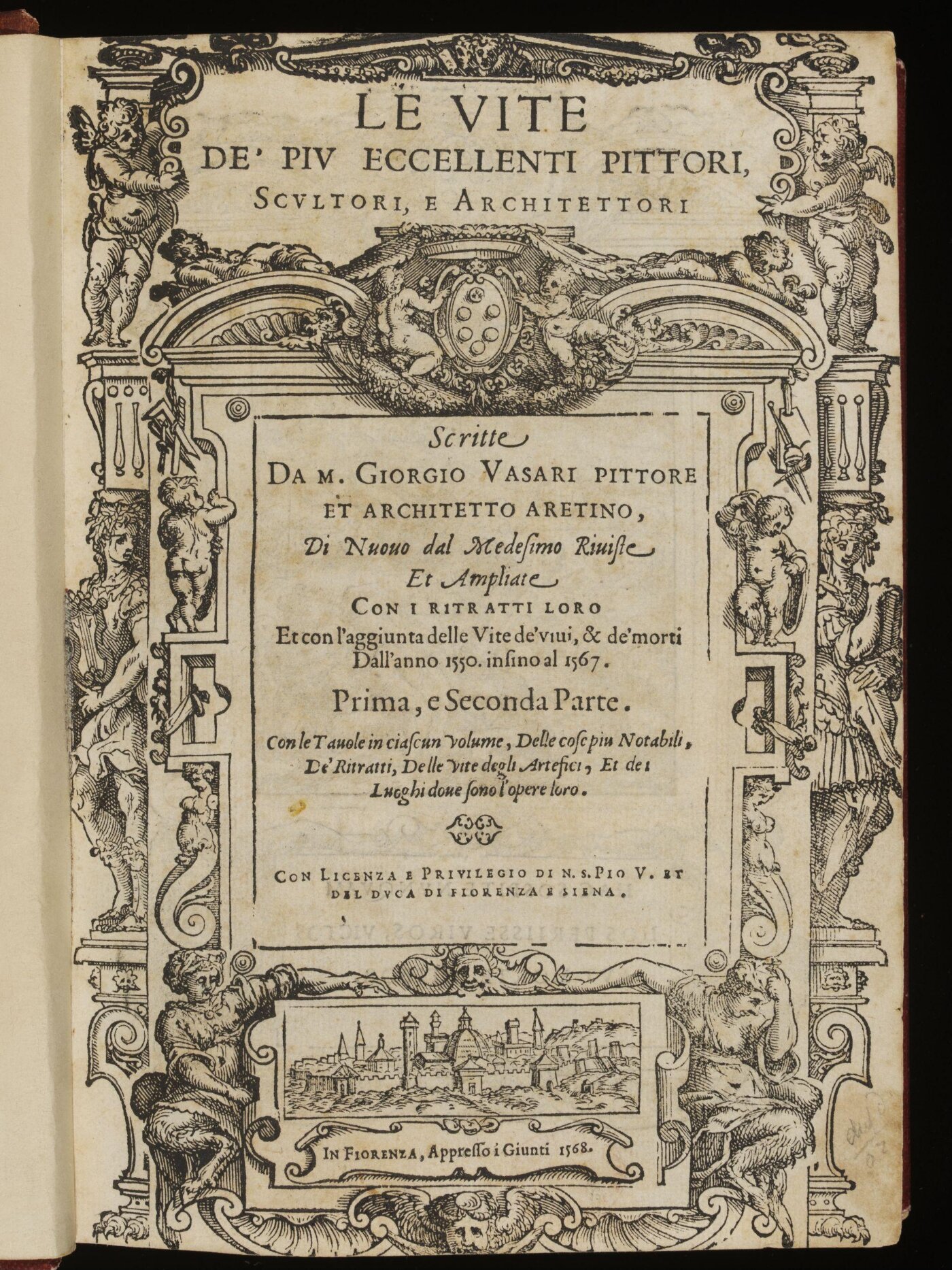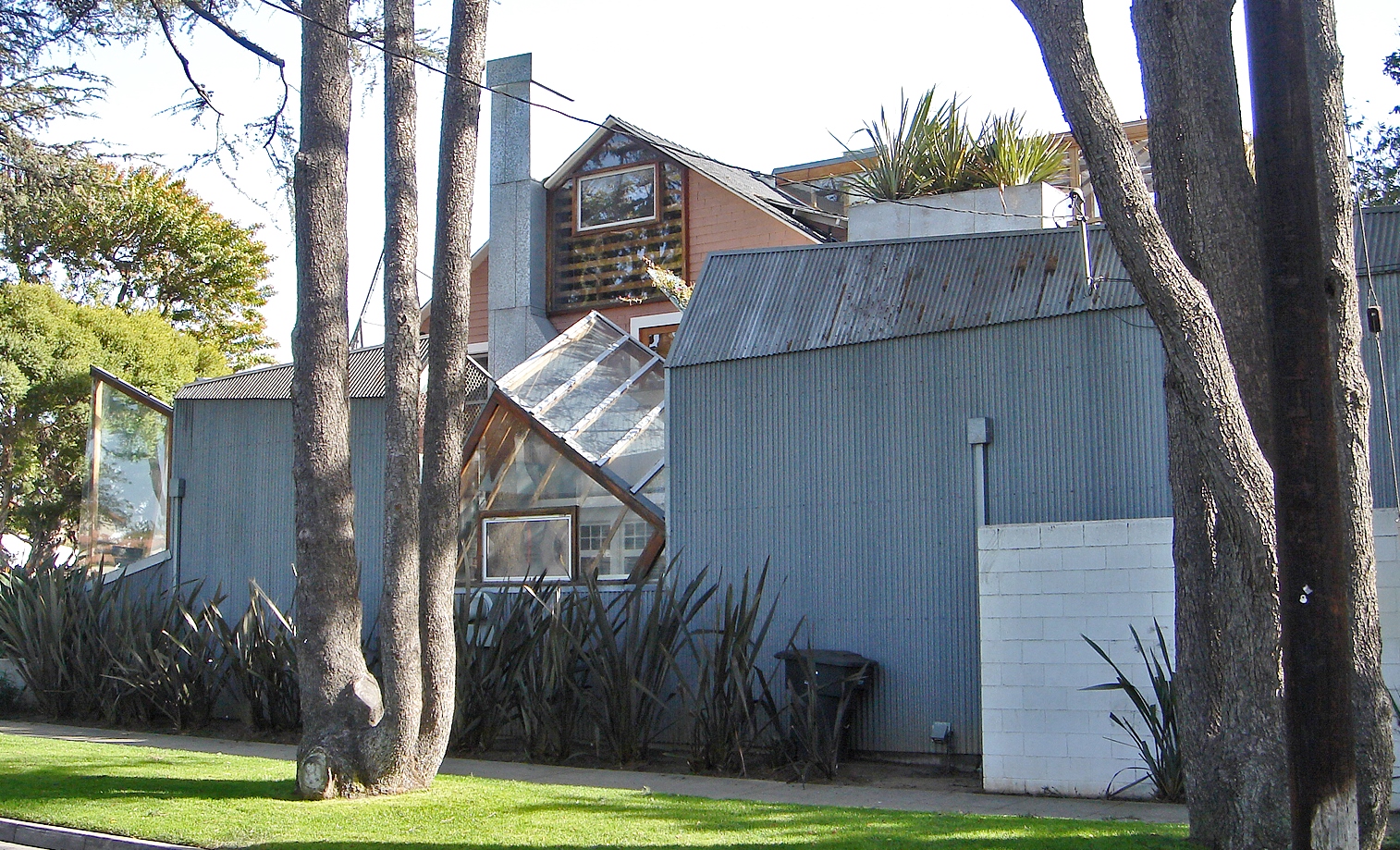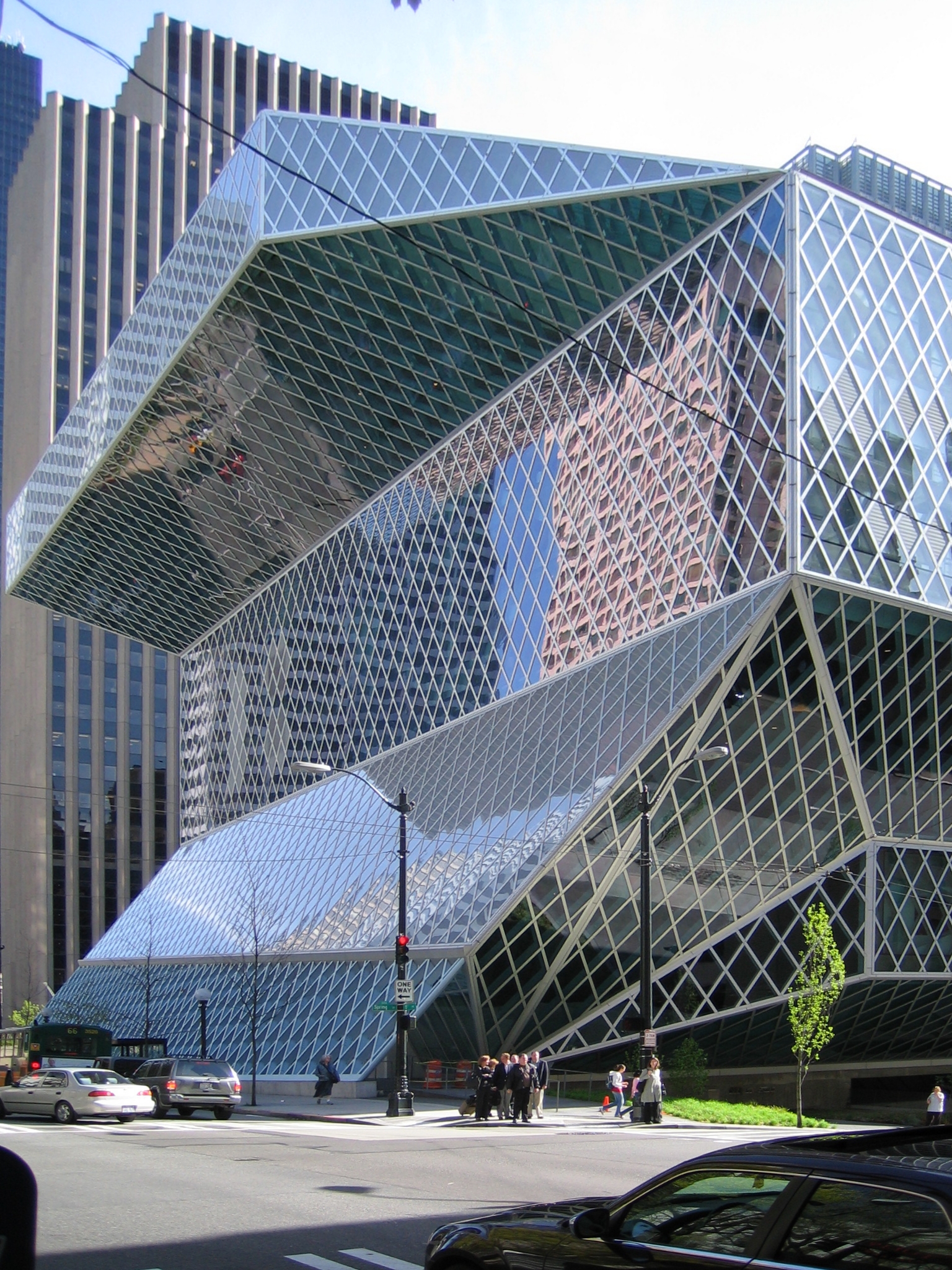|
Starchitect
Starchitect is a portmanteau used to describe architects whose celebrity and critical acclaim have transformed them into idols of the architecture world and may even have given them some degree of fame among the general public. Celebrity status is generally associated with avant-gardist novelty. Developers around the world have proven eager to sign up "top talent" (i.e., starchitects) in hopes of convincing reluctant municipalities to approve large developments, of obtaining financing or of increasing the value of their buildings. A key characteristic is that the starchitecture is almost always "iconic" and highly visible within the site or context. As the status is dependent on current visibility in the media, fading media status implies that architects lose "starchitect" status—hence a list can be drawn up of former "starchitects". The Bilbao Effect Buildings are frequently regarded as profit opportunities, so creating "scarcity" or a certain degree of uniqueness gives ... [...More Info...] [...Related Items...] OR: [Wikipedia] [Google] [Baidu] |
Frank Gehry
Frank Owen Gehry, , FAIA (; ; born ) is a Canadian-born American architect and designer. A number of his buildings, including his private residence in Santa Monica, California, have become world-renowned attractions. His works are considered among the most important of contemporary architecture in the 2010 World Architecture Survey, leading '' Vanity Fair'' to call him "the most important architect of our age". He is also the designer of the National Dwight D. Eisenhower Memorial. Early life Gehry was born Frank Owen Goldberg on February 28, 1929, in Toronto, Ontario, to parents Sadie Thelma (née Kaplanski/Caplan) and Irving Goldberg. His father was born in Brooklyn, New York, to Russian Jewish parents, and his mother was a Polish Jewish immigrant born in Łódź.''Finding Your Roots'', February 2, 2016, PBS A creative child, he was encouraged by his grandmother, Leah Caplan, with whom he built little cities out of scraps of wood. With these scraps from her husband's hard ... [...More Info...] [...Related Items...] OR: [Wikipedia] [Google] [Baidu] |
Michael Graves
Michael Graves (July 9, 1934 – March 12, 2015) was an American architect, designer, and educator, as well as principal of Michael Graves and Associates and Michael Graves Design Group. He was a member of The New York Five and the Memphis Group – and a professor of architecture at Princeton University for nearly forty years. Following his own partial paralysis in 2003, Graves became an internationally recognized advocate of health care design. Graves' global portfolio of architectural work ranged from the Ministry of Culture in The Hague, a post office for Celebration, Florida, a prominent expansion of the Denver Public Library to numerous commissions for Disney – as well as the scaffolding design for the 2000 Washington Monument restoration. He was recognized as a major influence on architectural movements including New Urbanism, New Classicism and particularly Postmodernism — his buildings in the latter style including the noted Portland Building in Orego ... [...More Info...] [...Related Items...] OR: [Wikipedia] [Google] [Baidu] |
Plywood
Plywood is a material manufactured from thin layers or "plies" of wood veneer that are glued together with adjacent layers having their wood grain rotated up to 90 degrees to one another. It is an engineered wood from the family of manufactured boards which include medium-density fibreboard (MDF), oriented strand board (OSB) and particle board (chipboard). All plywoods bind resin and wood fibre sheets (cellulose cells are long, strong and thin) to form a composite material. This alternation of the grain is called ''cross-graining'' and has several important benefits: it reduces the tendency of wood to split when nailed at the edges; it reduces expansion and shrinkage, providing improved dimensional stability; and it makes the strength of the panel consistent across all directions. There is usually an odd number of plies, so that the sheet is balanced—this reduces warping. Because plywood is bonded with grains running against one another and with an odd number of composite part ... [...More Info...] [...Related Items...] OR: [Wikipedia] [Google] [Baidu] |
Chain Link Fencing
A chain-link fence (also referred to as wire netting, wire-mesh fence, chain-wire fence, cyclone fence, hurricane fence, or diamond-mesh fence) is a type of woven fence usually made from galvanized or linear low-density polyethylene-coated steel wire. The wires run vertically and are bent into a zigzag pattern so that each "zig" hooks with the wire immediately on one side and each "zag" with the wire immediately on the other. This forms the characteristic diamond pattern seen in this type of fence. Development of chain-link fencing In the United Kingdom, the firm of Barnard, Bishop & Barnards was established in Norwich to produce chain-link fencing by machine. The process was developed by Charles Barnard in 1844 based on cloth weaving machines (up until that time, Norwich had a long history of cloth manufacture). The Anchor Post Fence Co. bought the rights to the wire-weaving machine and was the first company to manufacture chain-link fencing in the United States. Anchor ... [...More Info...] [...Related Items...] OR: [Wikipedia] [Google] [Baidu] |
Deconstructivism
Deconstructivism is a movement of postmodern architecture which appeared in the 1980s. It gives the impression of the fragmentation of the constructed building, commonly characterised by an absence of obvious harmony, continuity, or symmetry. Its name is a portmanteau of Constructivism and "Deconstruction", a form of semiotic analysis developed by the French philosopher Jacques Derrida. Architects whose work is often described as deconstructivist (though in many cases the architects themselves reject the label) include Zaha Hadid, Peter Eisenman, Frank Gehry, Rem Koolhaas, Daniel Libeskind, Bernard Tschumi, and Coop Himmelb(l)au. The term does not inherently refer to the style's ''deconstructed'' visuals as the English adjective suggests, but instead derives from the movement's foundations in contrast to the Russian Constructivist movement during the First World War that "broke the rules" of classical architecture through the French language. Besides fragmentation, deconstr ... [...More Info...] [...Related Items...] OR: [Wikipedia] [Google] [Baidu] |
High-tech Architecture
High-tech architecture, also known as structural expressionism, is a type of late modernist architecture that emerged in the 1970s, incorporating elements of high tech industry and technology into building design. High-tech architecture grew from the modernist style, utilizing new advances in technology and building materials. It emphasizes transparency in design and construction, seeking to communicate the underlying structure and function of a building throughout its interior and exterior. High-tech architecture makes extensive use of aluminium, steel, glass, and to a lesser extent concrete (the technology for which had developed earlier), as these materials were becoming more advanced and available in a wider variety of forms at the time the style was developing - generally, advancements in a trend towards lightness of weight. High-tech architecture focuses on creating adaptable buildings through choice of materials, internal structural elements, and programmatic design. It se ... [...More Info...] [...Related Items...] OR: [Wikipedia] [Google] [Baidu] |
Paris
Paris () is the capital and most populous city of France, with an estimated population of 2,165,423 residents in 2019 in an area of more than 105 km² (41 sq mi), making it the 30th most densely populated city in the world in 2020. Since the 17th century, Paris has been one of the world's major centres of finance, diplomacy, commerce, fashion, gastronomy, and science. For its leading role in the arts and sciences, as well as its very early system of street lighting, in the 19th century it became known as "the City of Light". Like London, prior to the Second World War, it was also sometimes called the capital of the world. The City of Paris is the centre of the Île-de-France region, or Paris Region, with an estimated population of 12,262,544 in 2019, or about 19% of the population of France, making the region France's primate city. The Paris Region had a GDP of €739 billion ($743 billion) in 2019, which is the highest in Europe. According to the Economist Intelli ... [...More Info...] [...Related Items...] OR: [Wikipedia] [Google] [Baidu] |
Pompidou Centre
The Centre Pompidou (), more fully the Centre national d'art et de culture Georges-Pompidou ( en, National Georges Pompidou Centre of Art and Culture), also known as the Pompidou Centre in English, is a complex building in the Beaubourg area of the 4th arrondissement of Paris, near Les Halles, rue Montorgueil, and the Marais. It was designed in the style of high-tech architecture by the architectural team of Richard Rogers, Su Rogers, Renzo Piano, along with Gianfranco Franchini. It houses the Bibliothèque publique d'information (Public Information Library), a vast public library; the Musée National d'Art Moderne, which is the largest museum for modern art in Europe; and IRCAM, a centre for music and acoustic research. Because of its location, the centre is known locally as Beaubourg (). It is named after Georges Pompidou, the President of France from 1969 to 1974 who commissioned the building, and was officially opened on 31 January 1977 by President Valéry Giscard d'Est ... [...More Info...] [...Related Items...] OR: [Wikipedia] [Google] [Baidu] |
Richard Rogers
Richard George Rogers, Baron Rogers of Riverside (23 July 1933 – 18 December 2021) was a British architect noted for his modernist and Functionalism (architecture), functionalist designs in high-tech architecture. He was a senior partner at RSHP, Rogers Stirk Harbour + Partners, previously known as the Richard Rogers Partnership, until June 2020. Rogers was perhaps best known for his work on the Centre Georges Pompidou, Pompidou Centre in Paris, the Lloyd's building and Millennium Dome, both in London, the Senedd building, in Cardiff, and the European Court of Human Rights building, in Strasbourg. He was awarded the Royal Gold Medal, RIBA Gold Medal, the Thomas Jefferson Medal in Architecture, Thomas Jefferson Medal, the RIBA Stirling Prize, the Chartered Society of Designers, Minerva Medal, and the Pritzker Prize. Early life and career Richard Rogers was born in Florence, Tuscany, in 1933 into an Italians in the United Kingdom, Anglo-Italian family. His father, William ... [...More Info...] [...Related Items...] OR: [Wikipedia] [Google] [Baidu] |
Renzo Piano
Renzo Piano (; born 14 September 1937) is an Italian architect. His notable buildings include the Centre Georges Pompidou in Paris (with Richard Rogers, 1977), The Shard in London (2012), the Whitney Museum of American Art in New York City (2015), İstanbul Modern in Istanbul (2022) and Stavros Niarchos Foundation Cultural Center in Athens (2016). He won the Pritzker Architecture Prize in 1998. Piano has been a Senator for Life in the Italian Senate since 2013. Early life and first buildings Piano was born and raised in Genoa, Italy, into a family of builders. His grandfather had created a masonry enterprise, which had been expanded by his father, Carlo Piano, and his father's three brothers, into the firm Fratelli Piano. The firm prospered after World War II, constructing houses and factories and selling construction materials. When his father retired, the enterprise was led by Renzo's older brother, Ermanno, who studied engineering at the University of Genoa. Renzo stud ... [...More Info...] [...Related Items...] OR: [Wikipedia] [Google] [Baidu] |
Norman Foster, Baron Foster Of Thames Bank
Norman or Normans may refer to: Ethnic and cultural identity * The Normans, a people partly descended from Norse Vikings who settled in the territory of Normandy in France in the 10th and 11th centuries ** People or things connected with the Norman conquest of southern Italy in the 11th and 12th centuries ** Norman dynasty, a series of monarchs in England and Normandy ** Norman architecture, romanesque architecture in England and elsewhere ** Norman language, spoken in Normandy ** People or things connected with the French region of Normandy Arts and entertainment * ''Norman'' (film), a 2010 drama film * '' Norman: The Moderate Rise and Tragic Fall of a New York Fixer'', a 2016 film * ''Norman'' (TV series), a 1970 British sitcom starring Norman Wisdom * ''The Normans'' (TV series), a documentary * "Norman" (song), a 1962 song written by John D. Loudermilk and recorded by Sue Thompson * "Norman (He's a Rebel)", a song by Mo-dettes from ''The Story So Far'', 1980 Businesses * ... [...More Info...] [...Related Items...] OR: [Wikipedia] [Google] [Baidu] |
James Stirling (architect)
Sir James Frazer Stirling (22 April 1926 – 25 June 1992) was a British architect. Stirling worked in partnership with James Gowan from 1956 to 1963, then with Michael Wilford from 1971 until 1992. Early life and education Stirling was born in Glasgow. His year of birth is widely quoted as 1926Wilford and Muirhead, p. 306 but his longstanding friend Sir Sandy Wilson later stated it was 1924. The family moved to Liverpool when James was an infant, where he attended Quarry Bank High School. During World War II, he joined the Black Watch before transferring to the Parachute Regiment. He was parachuted behind German enemy lines before D-Day and wounded twice, before returning to Britain. Stirling studied architecture from 1945 until 1950 at the University of Liverpool, where Colin Rowe was a tutor. He worked in a number of firms in London before establishing his own practice. From 1952 to 1956 he worked with Lyons, Israel, Ellis in London where he met his first partner James ... [...More Info...] [...Related Items...] OR: [Wikipedia] [Google] [Baidu] |










